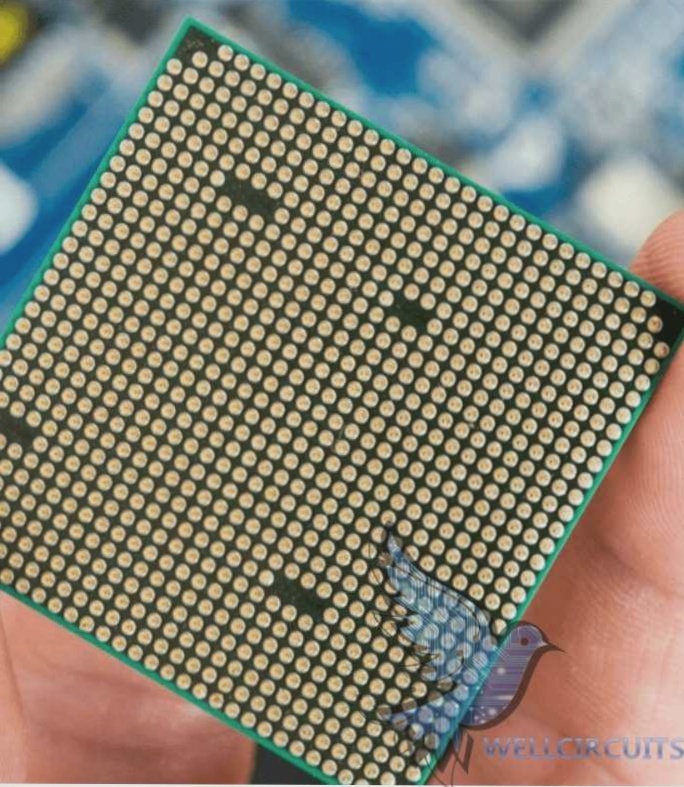Types of PCB Boards for Electronic Products
1. FR-4 Plate
The FR-4 plate, made of epoxy material reinforced with glass fibers, is known for its excellent electrical insulation, heat resistance, and mechanical strength. With a standard thickness of 1.6 mm, it comes in various colors like green, red, and blue, providing both functionality and aesthetics.
2. Aluminum Substrate
Featuring exceptional thermal conductivity and heat dissipation, the aluminum substrate is ideal for high-power electronic components. Available in different thickness options and colors such as white, black, and silver, it caters to both performance and design requirements.
3. CEM Sheet
The CEM sheet, composed of glass fiber-reinforced Phenol formaldehyde resin, offers superior mechanical strength and heat resistance. With a thickness of 1.6 mm and other options, it is favored for high-frequency and high-speed circuit boards due to its low dielectric constant and dielectric loss.
4. High-Frequency Plates
Specifically designed for high-frequency and high-speed circuitry, high-frequency boards have a low dielectric constant and dielectric loss. Utilizing materials like polytetrafluoroethylene (PTFE) or composites, these boards come in varying thicknesses to meet diverse electronic design needs.
5. Metal Substrate
Integrating metal substrates with circuit boards enhances thermal conductivity and heat dissipation, making them suitable for high-power electronic components. Common materials include aluminum, copper, or iron, with standard and alternative thickness options for customized project requirements.
When selecting a PCB board, it is essential to consider factors such as intended use, operating environment, and power specifications. Understanding the unique characteristics of different PCB materials empowers individuals to make informed decisions, ensuring the choice of a PCB board that best suits their project requirements.


